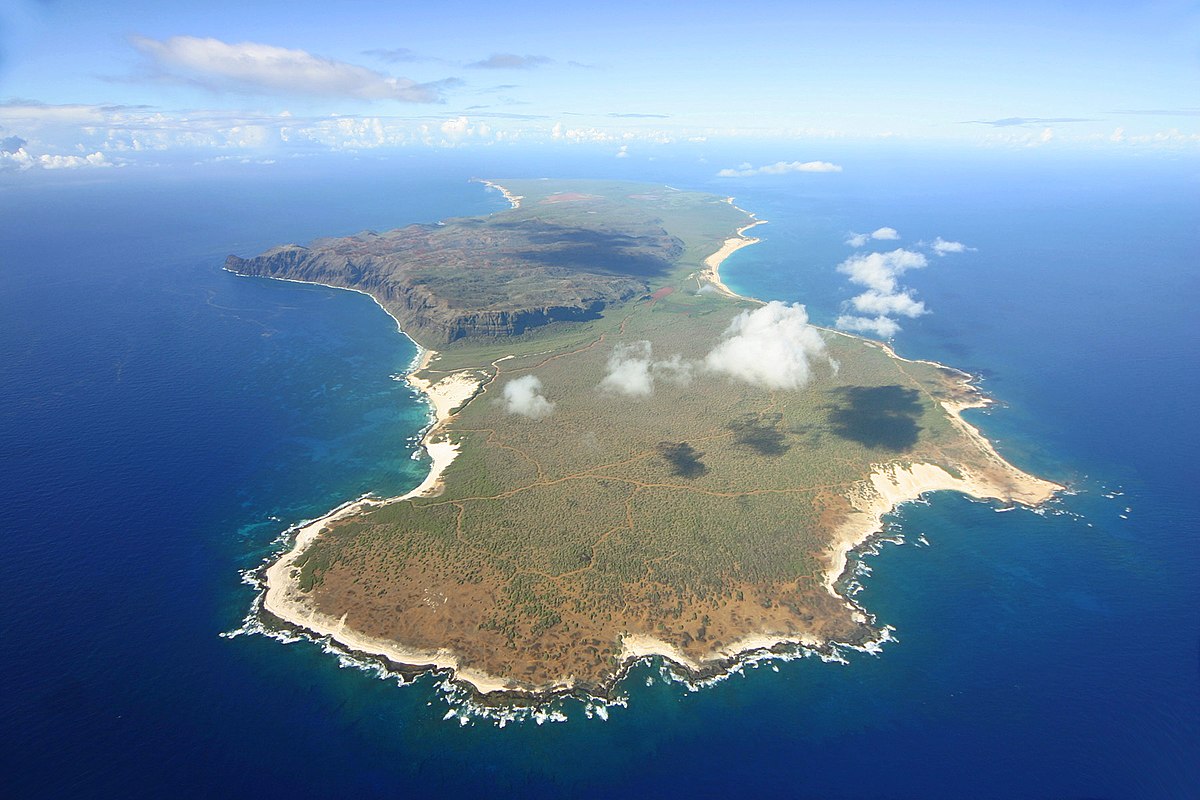INTERNMENT CAMPS IN HAWAI‘I
Source of maps: National Park Service. The NPS makes no warranty, express or implied, related to the accuracy or content of these maps.
Fueled by suspicions of disloyalty, the U.S. government interned 2,270 people of Japanese ancestry in Hawai‘i after the bombing of Pearl Harbor on December 7, 1941. Military personnel and local authorities collaborated on arrests, confining internees to the following local areas, with most being sent to O‘ahu’s U.S. Immigration station before being transferred to internment camps on the mainland.
O‘ahu
Honouliuli Internment Camp
Located in the Honouliuli Gulch, 160 acres in the west of Waipahu, the Honouliuli Internment Camp became the largest prisoner of war camp in Hawai‘i by March 1943, holding approximately 320 internees and 4,000 individuals from Japan, Okinawa, Taiwan, Korea and Italy. It was listed on the National Register of Historic Places in 2012
